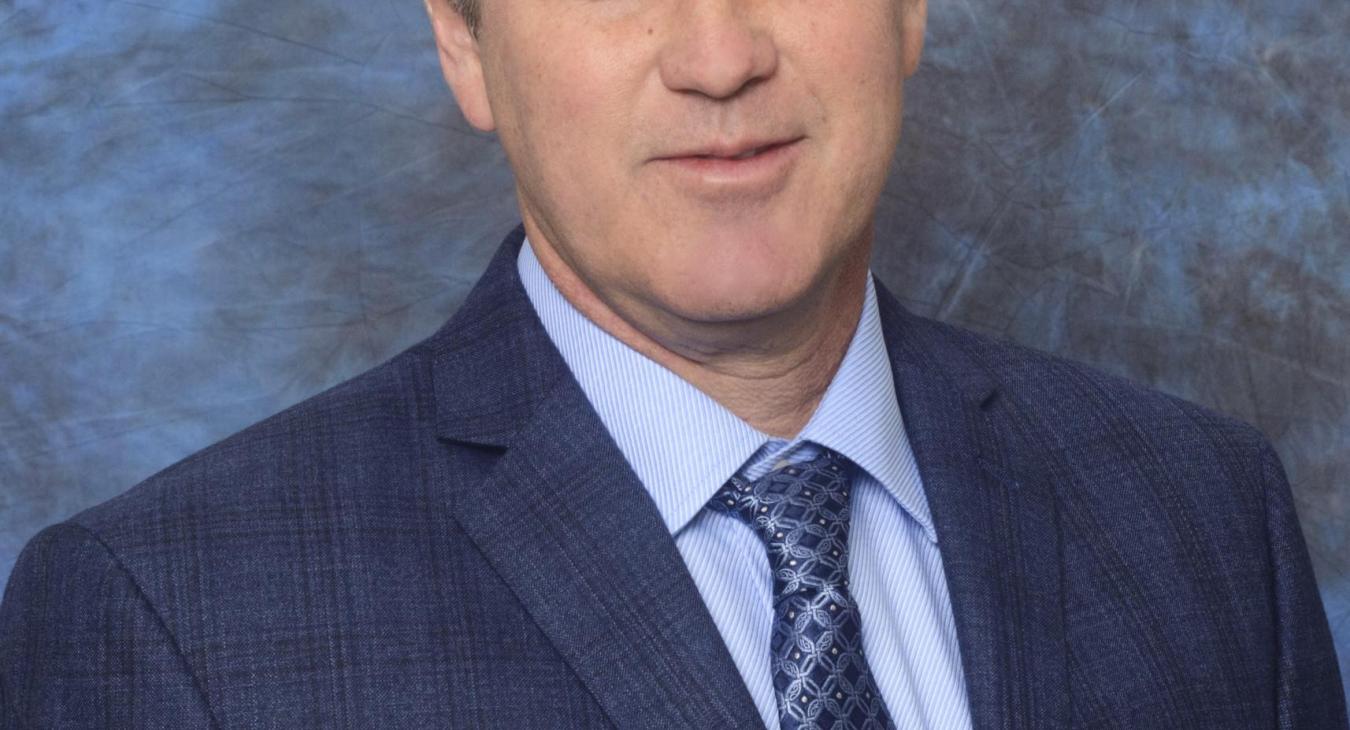By Craig Cox
Many people believe that power companies are opposed to renewable energy, like wind and solar. I laugh when I see an advertisement that says, “Find out what the greedy power companies don’t want you to know.” Renewable energy is a good thing when applied in a reasonable manner, but when it threatens affordability, reliability, or fairness to all consumers, your public power districts have a responsibility to protect the customer base first and foremost.
One of the many challenges of renewable energy is how to deal with the cost shifts brought about by the subsidies and regulations intended to speed up its adoption. Too often, these policies lead to a few winners at the cost of everyone else.
In Nebraska, an all-public power state, each utility sets rates based on the cost of service, meaning the rate a customer pays for electricity is based on the cost of serving that class of customer. For example, residential customers pay a different rate than industrial customers because each has vastly different requirements. Included in each rate class is the customer's fair share of the cost of transmission and distribution lines, substations, and the generating plants that produce reliable power.
Net metering law in Nebraska allows customers who install renewable generation to offset their energy needs from the power supplier. The customer receives retail value for the energy they produce, up to the amount they can consume, which often means they aren’t paying for a fair share of the electrical infrastructure needed to provide them with reliable service. Much of the burden of paying for that infrastructure is shifted to the customers who cannot afford to install their own generation, or to those who choose not to.
The ability of the electric utility to fairly allocate costs to the proper customers becomes increasingly harder with more customer generation. Billing based solely on energy usage is no longer suitable for electric rates. Customers are starting to see more line items on their bills to allow for fair recovery of not only energy but also infrastructure and customer service costs.
Cost shifts from renewable energy projects can also occur among electric utilities. Large-scale renewable energy projects, like wind and solar, are heavily subsidized through tax credits. This results in renewable energy prices that are competitive with or below what a traditional power plant can produce energy for. When some electric utilities go all-in with renewables, they shift the cost of maintaining our base power plants to other utilities. Those plants are still there to back up the intermittent renewable generation, but other utilities are paying more than their share for them.
Nebraska’s public power districts understand the need for reliable and affordable power. We all share the nuclear, coal, hydroelectric, and natural gas generation resources we have in the state that offer around-the-clock power to our consumers. As we continue to add more renewable power to the grid, those dispatchable generation resources must remain in place, and all of us that benefit from their reliability should pay our fair share to keep them there.
Craig Cox is the General Manager of South Central Public Power District, headquartered in Nelson, Nebraska.

